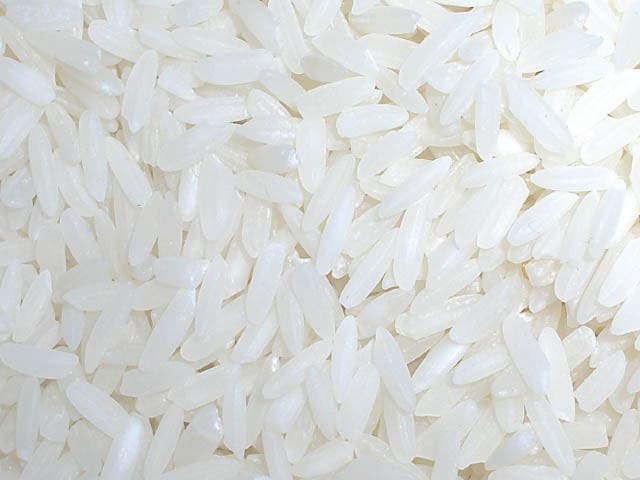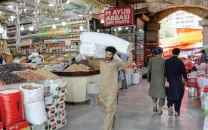Rice over troubled waters
Mechanised rice harvesting has created problems in export.

Rice over troubled waters
Mechanised rice harvesting has created problems in export. For instance, our main issue when exporting brown rice to the European Union is that, at times, we do not meet certain European Union import requirements. Exports have suffered and it is an issue of harvesting at high moisture. The solution lies in harvesting by hand or machine but at proper moisture content.
The traders and the government have to come up with a policy that rewards paddy quality and incentivizes the farmer for bringing quality product to the market. The other issue is the availability of labour. The devastating floods have created an abundance of a commodity that is normally in short supply at harvest time: manual labour.
When a large miller was asked how much extra he would be willing to pay for hand-harvested basmati paddy, he said Rs200 per 40 kilogrammes for pure paddy. The above can only happen if the crop is hand-harvested or combine-harvested at the right time with the right machine programming. If the trader is willing to pay an extra Rs200 per 40 kg for hand-harvested paddy, it would bring about a revolution in the rural sector. Idle labour in all provinces would migrate to Punjab for harvesting rice.
The back of the envelope economics of hand-harvested basmati paddy is basic. Assume 35 maunds per acre yield of combine-harvest and Rs2,000 per acre harvesting cost. On hand-harvesting will drop the yield to around 30 maunds per acre. The harvesting cost here is one maund for ten maunds, totalling around three maunds per acre. Assume the price for machine-harvested paddy is Rs1,200 per maund and for hand-harvested is Rs1,400 per maund. I leave the calculations to you. The key here is the extra rate or the premium for hand-harvested paddy that the trader will announce and honour.
Potential to absorb the IDPs is enormous
The income from harvesting one acre (basmati and other varieties) of paddy by hand is above Rs4,000. Paddy in Punjab is sown on around four million acres. The theoretical income potential of a hand-harvesting operation is around $200 million. The major portion is harvested by combine harvesters. The potential to absorb flood displaced Pakistanis is enormous and it may also create a temporary migration of labourers from urban to rural areas. The harvesting of paddy is paid on a percentage basis and a labourer can comfortably earn Rs400 to 500 per day.
Paradigm shift
We must look at displaced labour as an asset instead of a liability. The whole process of labour migration can be institutionalised. The challenge is to monitor and track labour movement through non-governmental organisations (NGOs). We need not reinvent the wheel; examples exist across the border where labour travels 1,500km from Bihar to East Punjab during the harvest and sowing seasons.
Similar examples are also available in other countries like Australia where labour for manual operations, such as harvesting horticulture crops, is always short in supply. The industry and the Australian government encourage labourers — commonly referred as backpackers — to earn their living while travelling thousands of miles throughout the country following the harvest of various crops.
In Pakistan, sugarcane in Dera Ghazi Khan and Rahim Yar Khan is mostly harvested by migrant Pathan labour.
Time is of critical importance and we need to move swiftly and all stakeholders in the rice chain and the government need to be on the same page. We need to shun the analysis-paralysis approach. We have nothing to lose. Let’s do it before time runs out!
Published in The Express Tribune, September 27th, 2010.



















COMMENTS
Comments are moderated and generally will be posted if they are on-topic and not abusive.
For more information, please see our Comments FAQ